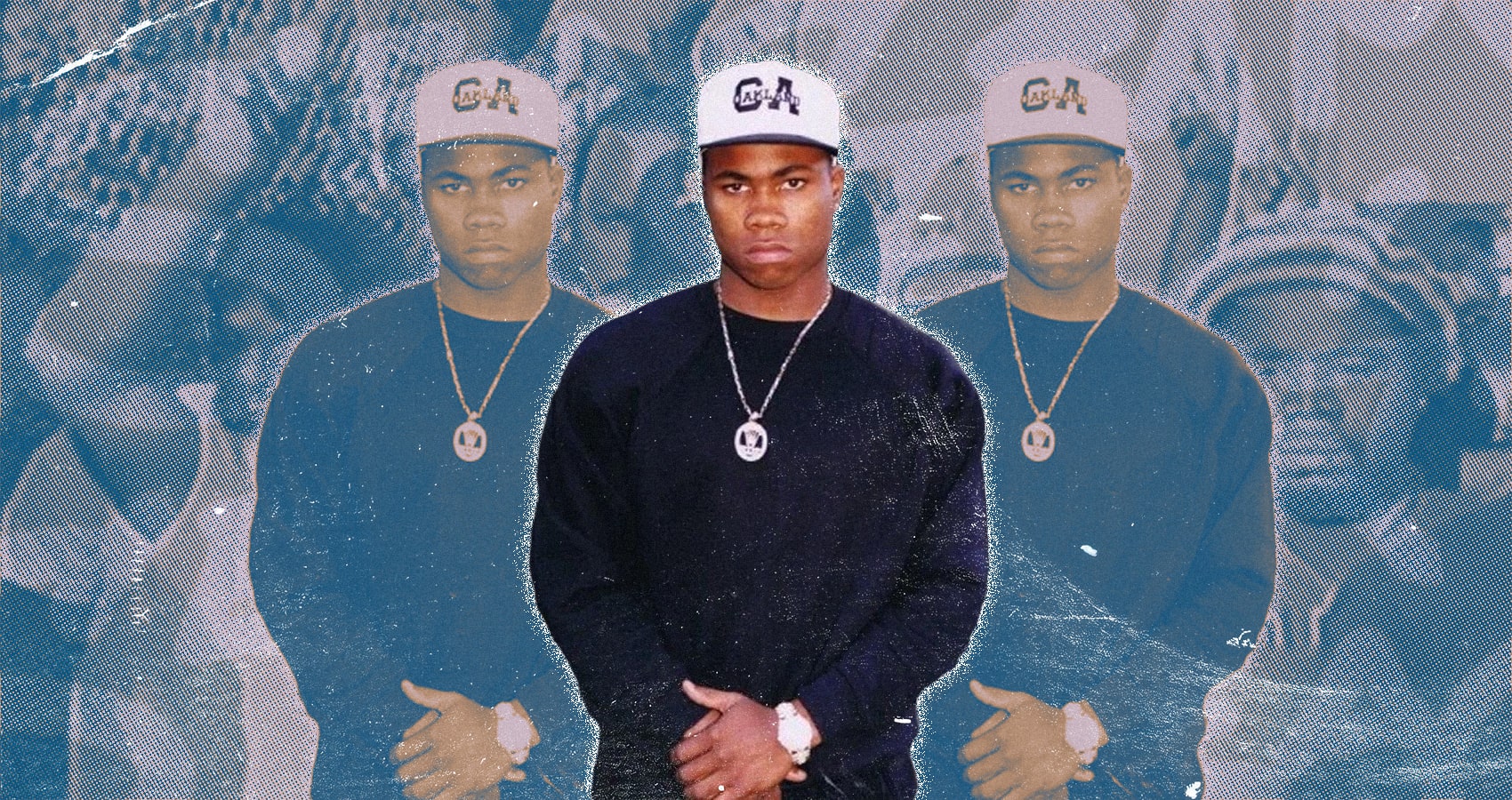
Seagram: The Unsung Pioneer Shaping the Legacy of West Coast Rap
Oakland's Underrated 90s Rap Star.
Seagram was born and raised in Oakland, a city renowned for its rich cultural history and unflinching response to systemic oppression. By the late 1980s and early 1990s, Oakland was a hotspot for rising talent in hip-hop, blending the socio-political consciousness of its Black Panther legacy with raw depictions of urban life. Seagram’s music reflected this unique duality, offering listeners both a critique of societal issues and an intimate glimpse into life in the streets.
In his early days, Seagram’s authenticity and talent caught the attention of local audiences. He quickly became a voice for the struggles and triumphs of Oakland’s inner-city communities, delivering lyrics that captured the harsh realities of life in ways that resonated deeply with listeners.
The Birth of a West Coast Icon
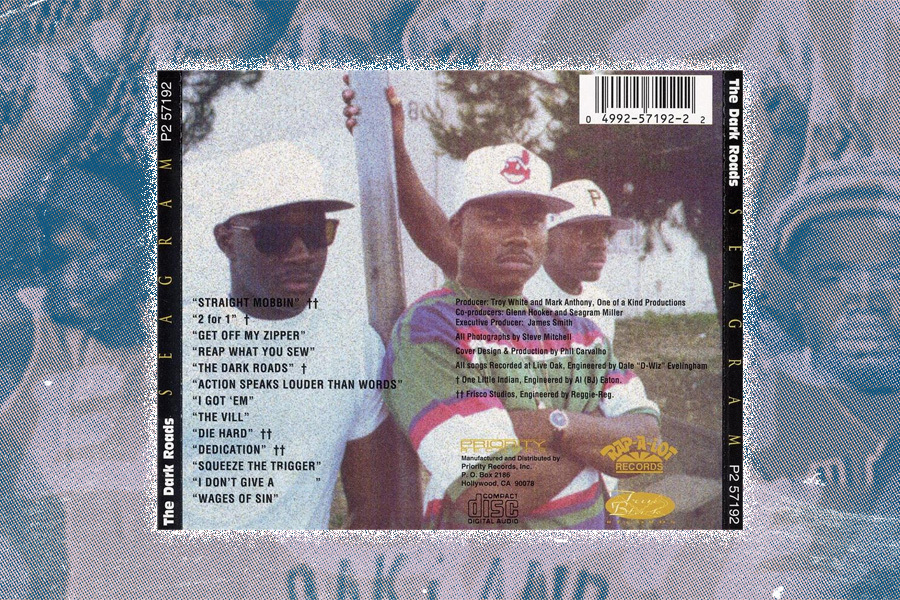
Seagram’s big break came when he became the first West Coast rapper signed to Rap-A-Lot Records, a Houston-based label better known for its Southern rap artists like the Geto Boys. This milestone was ground-breaking, bridging regional divides in hip-hop and giving Seagram a national platform.
In 1992, Seagram released his debut album, The Dark Roads, which set the tone for his career. The album was a raw and unfiltered portrayal of street life, addressing issues like violence, systemic inequality, and survival. Songs like “The Dark Roads” and “Straight Mobbin’” offered a stark honesty that resonated with listeners and influenced peers across the West Coast.
A Gritty Realism That Defined a Generation
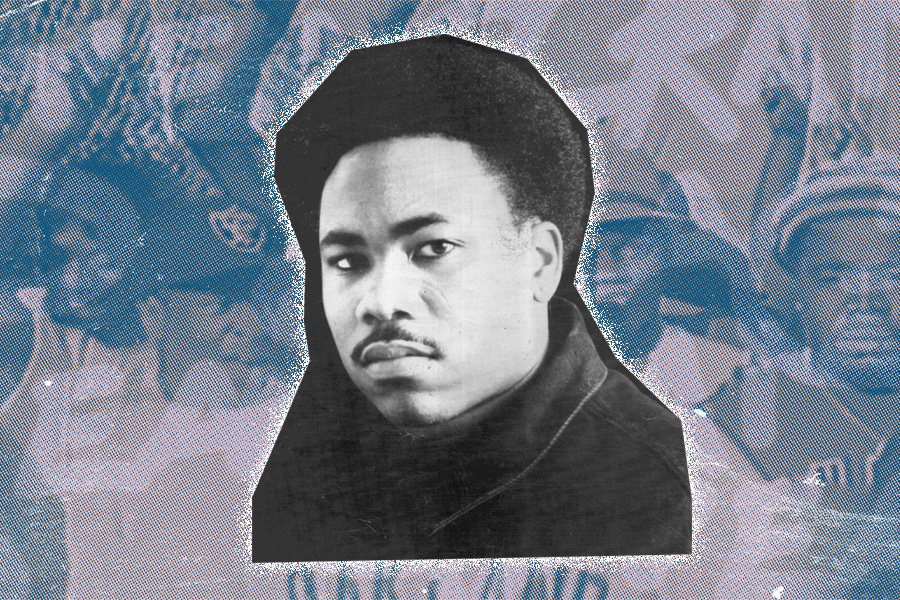
What set Seagram apart from many of his contemporaries was his commitment to storytelling. His music wasn’t just about glorifying street life; it was about exposing its consequences. In a time when gangsta rap was often critiqued for glamorizing violence, Seagram’s lyrics presented a more nuanced view, exploring the pain, loss, and desperation that came with it.
This approach influenced many West Coast artists, who began to incorporate more introspection and storytelling into their work. Seagram’s ability to balance raw, uncompromising imagery with deep social commentary became a blueprint for rappers aiming to stay true to their roots while addressing broader societal issues.
Collaboration with Rap Legends
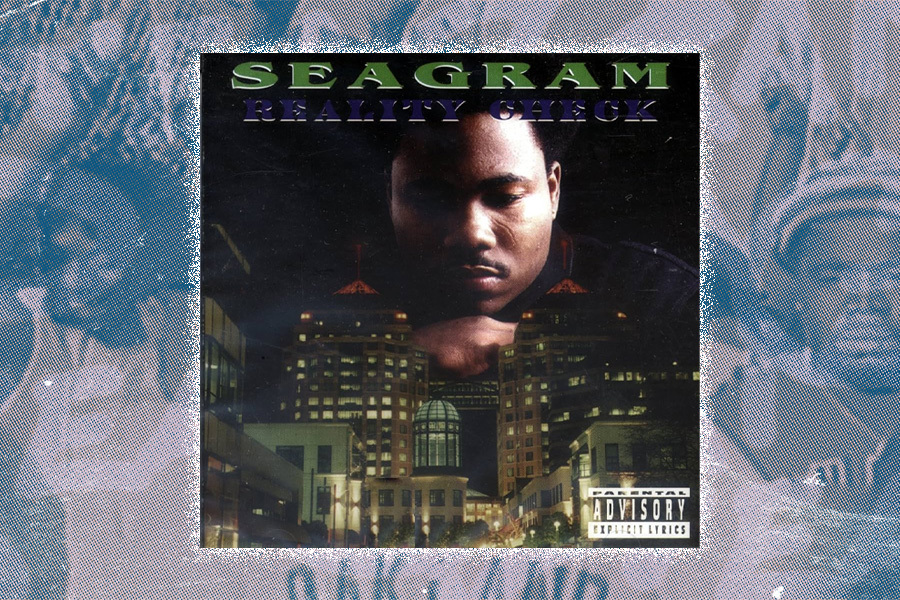
Seagram’s influence extended beyond his solo work. He collaborated with major artists and rising stars, helping to elevate the West Coast’s presence on the national stage. His 1994 sophomore album, Reality Check, featured collaborations with artists like Scarface from the Geto Boys, further solidifying his reputation as a serious voice in hip-hop.
Through these collaborations, Seagram became a cultural bridge, blending the distinct sounds of the West Coast with the gritty realism of Southern rap. His work helped West Coast artists gain recognition beyond regional borders, expanding the scope of what West Coast rap could be.
A Tragic End to a Promising Career
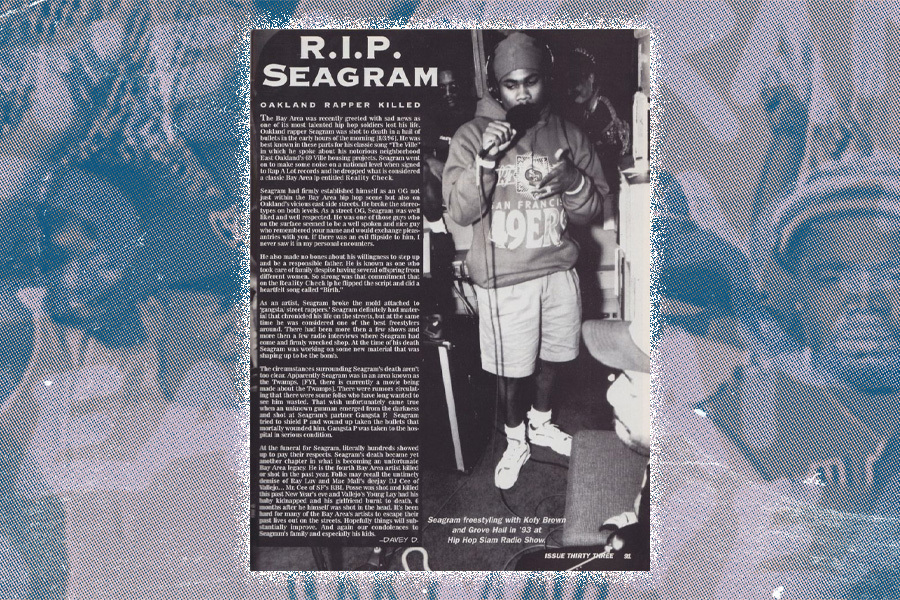
Seagram’s life was tragically cut short in 1996 when he was fatally shot in Oakland at just 26 years old. His death was a devastating loss, not only for his family and community but for the world of hip-hop. At the time, Seagram was on the brink of achieving even greater success, with a third album, Souls on Ice, released later that year.
Souls on Ice further cemented Seagram’s legacy, with tracks that showcased his lyrical depth and ability to tackle complex issues. The album became a reminder of what the world had lost—a voice that could have continued to shape and redefine West Coast rap.
Seagram’s Legacy in West Coast Hip-Hop

Though his career was brief, Seagram’s impact on West Coast rap is undeniable. He brought a level of authenticity and emotional depth that inspired countless artists who followed in his footsteps. His influence can be seen in the work of rappers like Tupac Shakur, who also balanced street narratives with introspective storytelling, and later artists like Kendrick Lamar, whose music often echoes Seagram’s commitment to social commentary.
Seagram’s legacy also lives on through Oakland’s vibrant hip-hop scene, where his contributions are still celebrated. His fearless approach to storytelling and dedication to representing the struggles of his community set a standard for future generations of artists.
A Voice That Still Resonates
Seagram Miller may not be a household name in the world of hip-hop legends, but his influence is woven into the fabric of West Coast rap. He was a pioneer who used his music to shine a light on the realities of life in Oakland, offering a perspective that was both unflinchingly raw and deeply human.
As the West Coast continues to produce some of the most influential voices in hip-hop, Seagram’s contributions serve as a reminder of the genre’s roots in authenticity and storytelling. His music remains a powerful testament to the strength of his voice and the enduring legacy of a true pioneer.











